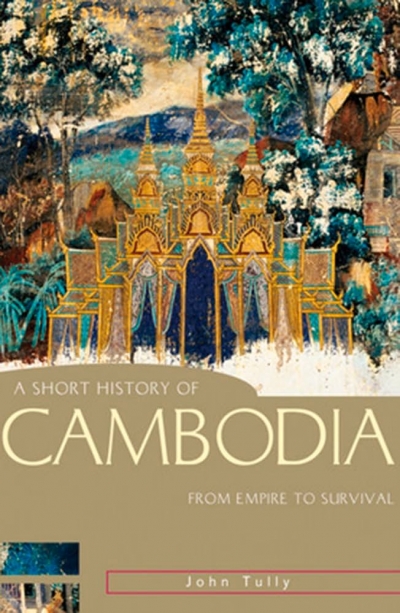Cambodia
A Dictionary of 20th-Century Communism edited by Silvio Pons and Robert Service, translated by Mark Epstein and Charles Townsend
by Stuart Macintyre •
A Short History of Cambodia: From empire to survival by John Tully
by Patrick Allington •
Lam Khi Try is a Cambodian journalist who wrote articles exposing corruption, illegal logging and political assassinations by the Cambodian government. He received a threatening letter from the Cambodian prime minister and death threats from anonymous callers. After the director at Lam’s newspaper died in suspicious circumstances, the staff became frightened and the newspaper was closed. Lam was followed constantly, and he and his family went into hiding. Later, he fled Cambodia and came to Australia for refuge, followed by his wife Nary. They left their children in the care of relatives, with the intention of bringing them safely to Australia.
... (read more)

